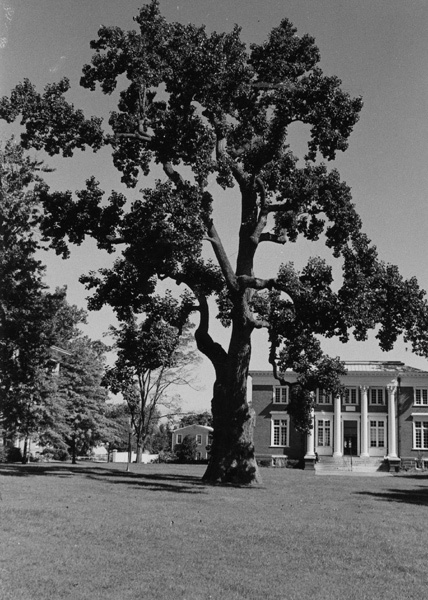Tulip Tree : Significance in American History
We have all heard about George Washington and his Cherry Trees, but the Tulip Tree? Yes, the Tulip Tree was another beloved tree of Washington. George Washington planted a Tulip Tree at his plantation in Mount Vernon, and the tree still stands there to this very day. This tree is visited by many annually and is a lasting symbol of his significance in American history. Descendants of the Tulip Tree that Washington planted with his own hands can be bought online and are sold throughout the world today so anyone can have a descendant of this beautiful and symbolic tree.
During the time of the American Revolution, Liberty trees were planted around the thirteen colonies. Many think that these Liberty Trees were only elm trees, but in fact Tulip Trees were planted as well. Whenever the British found these trees, they would be immediately chopped down because of what they stood for. Until October 25, 1999 there stood a massive Tulip Tree in Annapolis, Maryland at St. John’s College that was reported to be over 400 years old, an original Liberty Tree of the American Revolution. This tree was, and still is very symbolic to not only the citizens of Annapolis, but for any American citizen. The green that this stately Tulip Tree stood on for so many years was the site of much early political action. The vessel Peggy Stewart was burned on this green by Annapolis residents, an action similar to that of the Boston Tea Party. This tree was also present when nearly 4,000 French troops marched through the city to meet with General George Washington in Yorktown in 1781. The Tulip Tree as you can see is an important tree in American history and serves today as representation of liberty and democracy, an embodiment of the American People.

